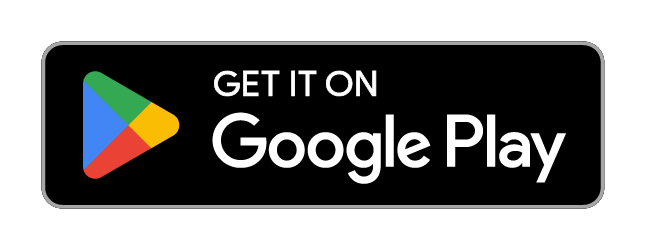Understanding Weapon Billets: The Real Deal Behind Northlander vs Midlander
What Are Weapon Billets in Genshin Impact
Here’s the thing about Weapon Billets – they’re basically your ticket to decent 4-star weapons without touching the gacha. Think of them as insurance policies for your weapon needs.
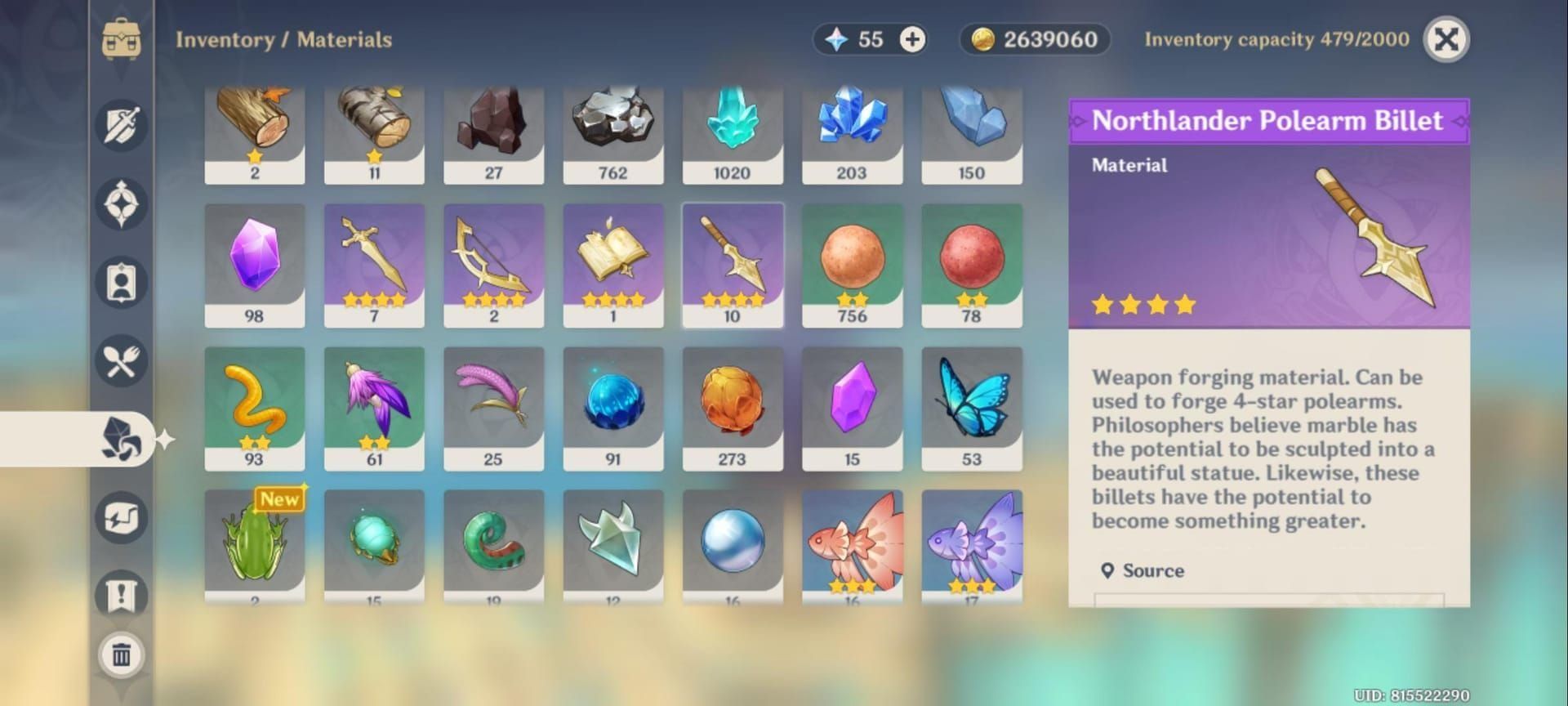
You’ve got three families: Northlander, Midlander, and the newer Borderlander series. Each covers all five weapon types (Sword, Claymore, Polearm, Catalyst, Bow), which is pretty comprehensive when you think about it. For F2P players especially, this system’s a godsend – reliable alternatives that don’t require luck or your wallet.
Now, if you’re planning to mix craftable weapons with gacha pulls, keeping adequate weapon banner crystals ready becomes crucial for team optimization. BitTopup’s competitive pricing and instant delivery make resource management way less stressful when you’re juggling both strategies.
Northlander Billets: The OG Series
Northlander Billets have been around since launch, covering weapons from the first three regions. We’re talking classics like Prototype Rancour, Iron Sting, and Amenoma Kageuchi – weapons that’ve stood the test of time.
Getting them? Weekly bosses are your main bet (more on that nightmare later), but there are some guaranteed sources. Mondstadt shop sells exactly one Northlander Sword Billet for 225 Anemo Sigils – emphasis on one. Sacred Sakura Tree throws you some freebies at levels 4, 14, 24, 34, and 44. Events occasionally drop Northlander Billet Troves, which let you pick the exact type you want.
Here’s where it gets interesting: you can convert Northlander to Midlander using Dream Solvent. Two Dream Solvents plus one Northlander gets you one Midlander of the same weapon type. It’s expensive, but sometimes necessary.
Midlander Billets: The New Kids on the Block
They’re designed better than their predecessors. Weapons like Sapwood Blade and Finale of the Deep feature modern scaling that actually synergizes with current character kits.
The catch? Limited sources. You’re looking at Sumeru weekly bosses only – Scaramouche and Guardian of Apep’s Oasis. Tree of Dreams and Fountain of Lucine provide guaranteed ones through exploration, but that’s about it for reliable acquisition.
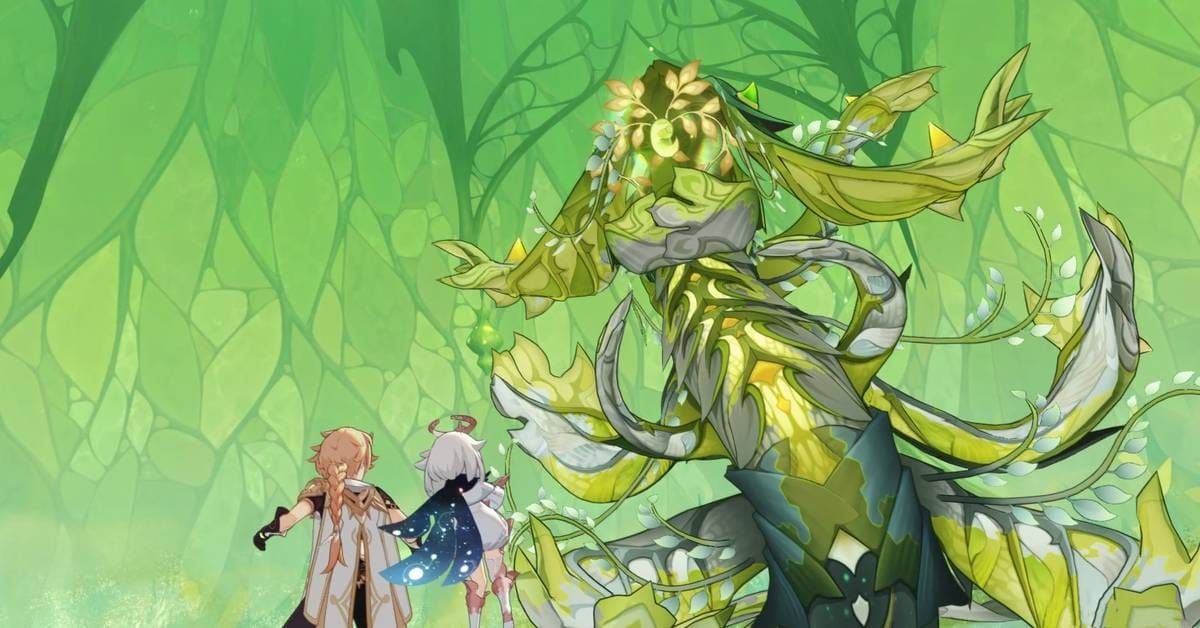
Complete Billet Sources Guide: The Grind is Real
Weekly Boss Drops and Why RNG Hates You
Let’s be brutally honest here – that 12% drop rate feels way lower in practice. I’ve tracked over 140 runs across different bosses, and the dry spells can be brutal. Three weeks without a single billet? Totally normal.
Your best strategy: hit the first three weekly bosses each week for that sweet 30 resin cost. Going beyond three bosses costs 60 resin each, which hurts unless you’re swimming in resources. The drop rate doesn’t change based on difficulty or World Level, so don’t overthink it.
Even when you do get a billet, there’s only a 20% chance it’s the type you actually need. Yeah, the math isn’t pretty.
Event Rewards: Don’t Sleep on These
Special events occasionally offer Northlander Billet Troves – these are gold. Unlike weekly boss RNG, you get to choose exactly which weapon type you want. They typically show up during major updates, anniversaries, or big exploration events.
Missing these hurts because there’s no makeup exam. When an event offers billets, prioritize it over almost everything else. The guaranteed nature makes them infinitely more valuable than praying to RNG gods.
Shop Purchases: Limited but Reliable
Mondstadt and Liyue souvenir shops each sell one billet for regional sigils. It’s not much, but it’s guaranteed. Inazuma’s shop? Locked behind Sacred Sakura Level 50 and doesn’t even sell billets anyway – classic miHoYo move there.
Northlander Billet Farming: Weekly Boss Breakdown
Childe: Your Weekly Punching Bag
Childe’s probably your most consistent Northlander source, assuming you can handle his phases without rage-quitting. Bring Electro for his Delusion phase – trust me on this one. The fight’s not too mechanically demanding, but it does require sustained damage output.
Plus side? Shard of a Foul Legacy materials are useful for multiple popular characters. Even if billets don’t drop, you’re getting value.
Azhdaha: The Real Boss Fight
This guy’s no joke. Requires Zhongli’s story quest completion and honestly benefits from having Zhongli in your party too. The elemental shifts keep you on your toes, and those ground slams hit like trucks.
Typically needs AR 55+ and well-invested characters. But Dragon Lord’s Crown materials serve premium characters like Ganyu and Kazuha, so the investment pays off beyond just billet hunting.
Signora and the Rest
La Signora’s temperature mechanics can catch you off guard if you’re not prepared. Pack healing and learn the phase transitions – the environmental damage adds up fast.
Dvalin and Andrius remain the most accessible for newer players. Raiden Shogun rounds out the rotation with her multi-phase complexity. Each has their quirks, but none are as punishing as Azhdaha.
Midlander Billet Sources: Limited Options
Sumeru Weekly Bosses Only
Scaramouche (level 70+ required) and Guardian of Apep’s Oasis are your only renewable Midlander sources. That’s it. No shop purchases, no alternative weekly bosses – just these two.
Scaramouche’s elemental absorption mechanics and platform navigation make him more complex than older bosses. Guardian of Apep focuses on Dendro reactions and environmental hazards. Both fights assume you understand modern Genshin mechanics.
Regional Exploration: The Guaranteed Route
Tree of Dreams and Fountain of Lucine provide guaranteed Midlander Billets through systematic exploration. This involves waypoint activation, chest hunting, puzzle solving, and oculi collection – basically, thorough regional completion.
The guaranteed nature makes these invaluable for planning specific weapon crafts. Unlike RNG drops, you can actually count on these.
Dream Solvent Conversion: Your Billet Exchange
The Conversion Process
Dream Solvent drops from weekly bosses at roughly 33% rate – better than billets, but still RNG. The conversion rate is steep: 2 Dream Solvent + 1 Northlander = 1 Midlander of the same type.
Use any Alchemy Crafting Table, hit the Convert tab, find Weapon Forging Materials. Simple process, expensive cost. Dream Solvent has other uses too, so weigh your priorities carefully.
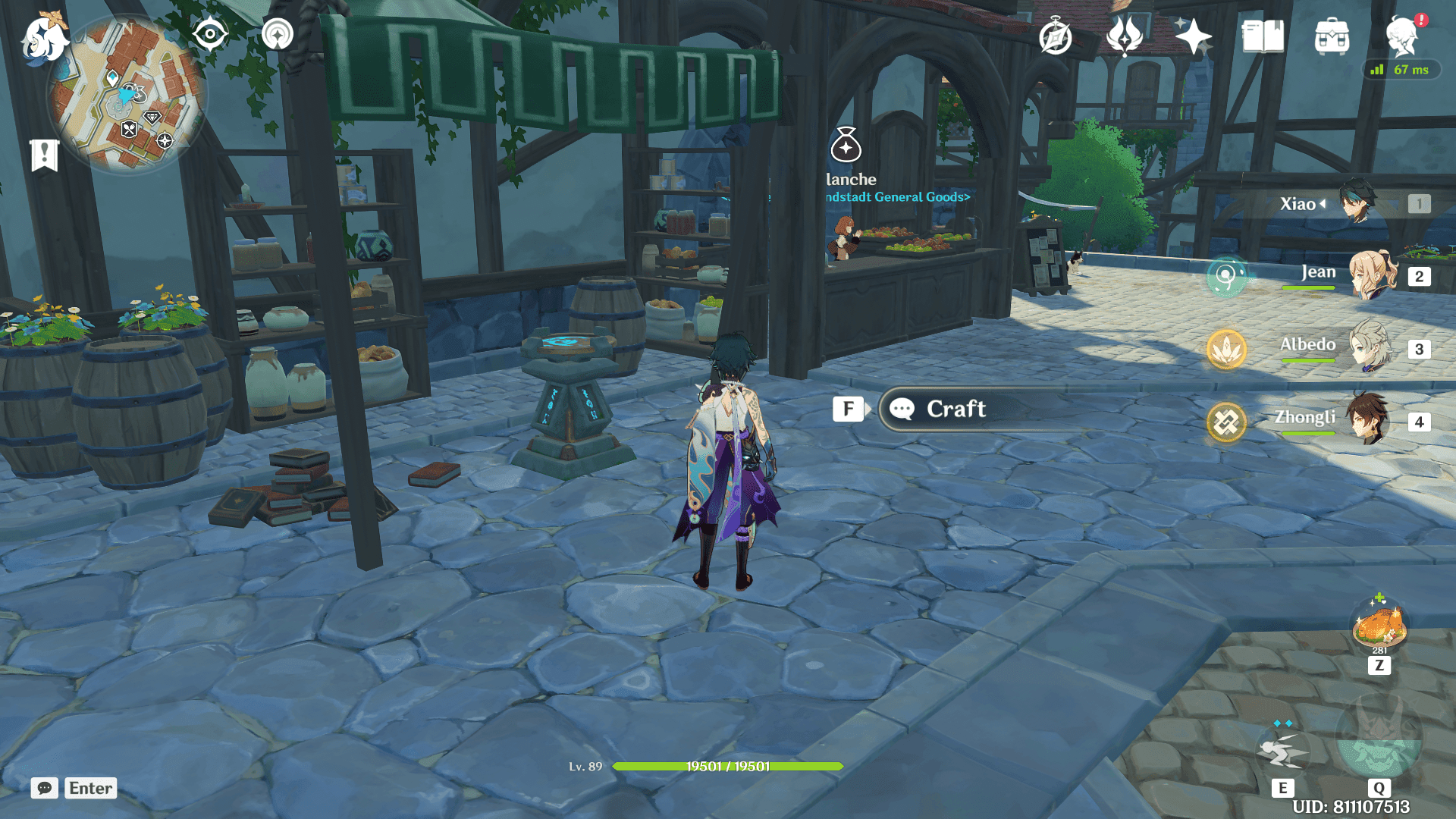
When to Convert vs When to Wait
Convert when you need Midlander weapons immediately and have excess Northlander billets. Don’t convert if you’re still building basic weapon coverage or running low on Dream Solvent reserves.
For optimal resource management across all weapon acquisition methods, maintaining adequate Genesis Crystal recharge before pulls ensures maximum flexibility. BitTopup’s reliable service supports seamless planning across gacha and craftable strategies.
The 2:1 cost means you’re essentially trading two potential Northlander weapons for one Midlander. Make sure that trade-off makes sense for your roster.
Best Prototype Weapons: What’s Actually Worth Crafting
Northlander Champions
Prototype Rancour remains the gold standard – high base attack, physical damage bonus, and broad compatibility. It’s aged remarkably well for a launch weapon.
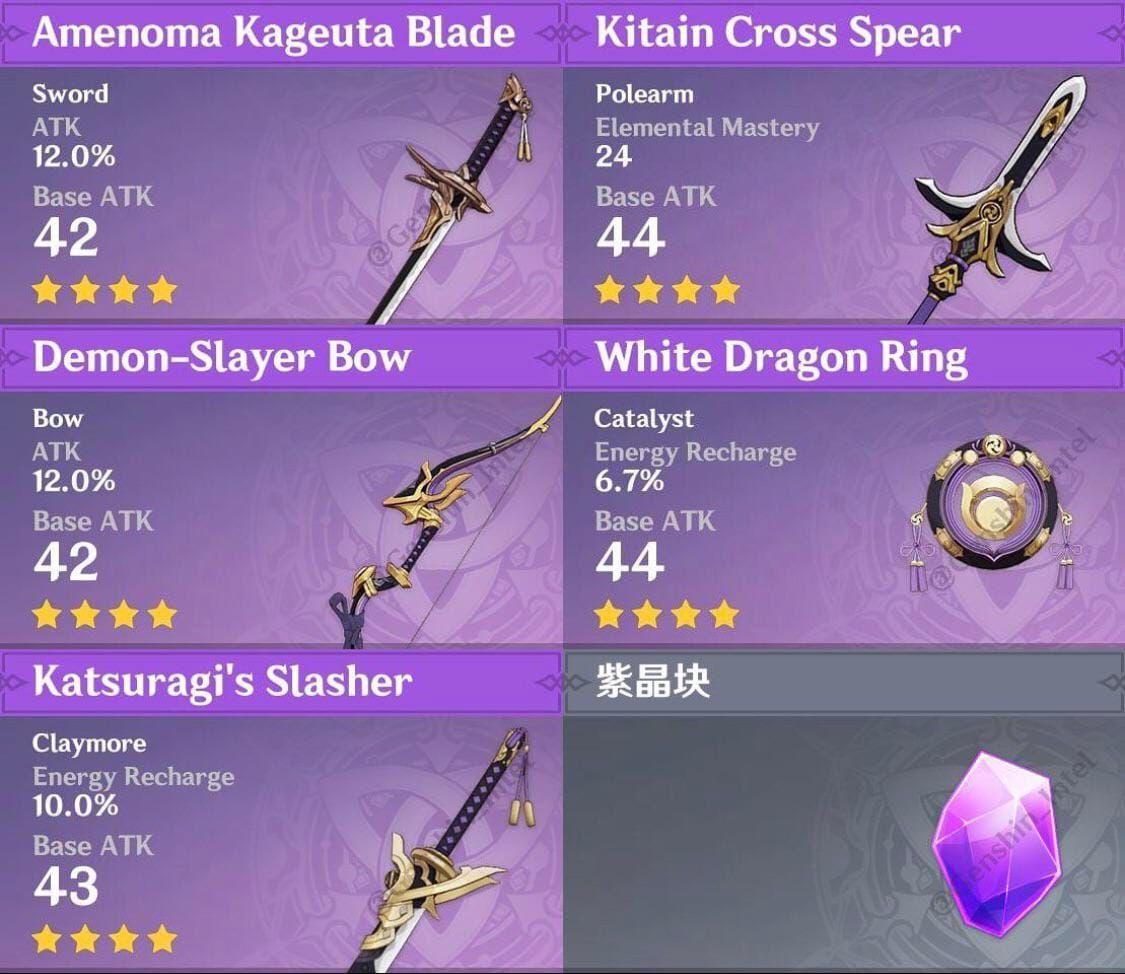
Amenoma Kageuchi solves energy problems for burst-dependent characters like Ayaka. Iron Sting fills the Elemental Mastery niche for reaction teams. These three cover most sword needs.
For other types: Prototype Archaic (reliable claymore damage), Whiteblind (DEF scaling for Noelle/Itto), Prototype Crescent (Ganyu’s best friend), and Kitain Cross Spear (energy management) lead their categories.
Midlander Standouts
Sapwood Blade combines Elemental Mastery with energy recharge – perfect for modern team compositions. Finale of the Deep offers solid attack scaling with elemental damage bonuses. King’s Squire provides balanced stats for both main and sub-DPS bow users.
The key advantage? These weapons are designed for current character kits and reaction systems. They feel more relevant than some older Northlander options.
Meta Relevance Check
Character synergy matters more than raw stats. Amenoma Kageuchi’s energy restoration perfectly matches energy-hungry characters. Iron Sting’s EM scaling amplifies reaction damage. Prototype Crescent’s aimed shot bonus transforms Ganyu’s playstyle.
Refinement potential gives craftable weapons a unique advantage – you can actually achieve R5 through dedicated farming. Some R5 craftables compete with 5-star weapons in specific scenarios.
Billet Priority: Smart Crafting Decisions
F2P Strategy
Cover your main DPS first, then fill gaps in weapon coverage. Prototype Rancour’s your safest first craft – reliable damage and broad compatibility. Avoid crafting multiple weapons of the same type until you’ve got basic team coverage.
The opportunity cost of duplicate types usually outweighs refinement benefits during early progression. Better to have adequate weapons for multiple characters than one perfect weapon.
Character-Specific Matching
Some pairings are just chef’s kiss: Ganyu + Prototype Crescent, Noelle + Whiteblind, Kazuha + Iron Sting, Ayaka + Amenoma Kageuchi. These synergies transform character performance.
Research your character’s scaling priorities before committing billets. Generally, new weapons provide more account value than refinements until you’ve achieved comprehensive coverage.
Refinement vs New Weapon Math
Most craftable weapons hit 70-80% of their refinement potential at R3. R5 is nice but not necessary for most content.
Refine when: all relevant types are crafted, specific weapons provide exceptional scaling, your roster is stable, and you’ve got excess billets.
Craft new when: team compositions lack coverage, new characters need specific types, current weapons adequately support existing characters, and account flexibility matters more.
Advanced Billet Management: Playing the Long Game
Inventory Planning
Track your acquisition sources, consumption patterns, and future needs. Weekly boss prioritization, Dream Solvent banking, event participation, exploration completion – it all adds up.
Long-term planning should account for character banner schedules and meta shifts. Your weapon inventory needs to support an evolving roster, not just current characters.
Common Mistakes to Avoid
Early refinement before roster coverage? Classic mistake. Type imbalance from unnecessary duplicates? Been there. Conversion waste without clear upgrade paths? Guilty as charged.
Understanding RNG mechanics helps set realistic expectations. That 12% drop rate means you might go weeks without seeing a billet – it’s not personal, it’s probability.
Prototype Weapon Builds: Making Them Shine
DPS Character Optimization
Ganyu Melt with Prototype Crescent transforms her charged shots into nuclear weapons. Physical Keqing with Prototype Rancour provides consistent damage without elemental reactions. Noelle Carry with Whiteblind scales beautifully with DEF investment.
Build around weapon strengths rather than forcing inappropriate synergies. The passive effects often matter more than raw stats.
Support Character Applications
Prototype Amber provides healing and energy restoration for catalyst supports. Hakushin Ring offers elemental damage bonuses for reaction teams. Kitain Cross Spear manages energy for burst-support polearm users.
Support weapons require lower investment but provide immediate team improvements. They’re excellent early crafting candidates for that reason.
FAQ: The Questions Everyone Asks
What’s the actual drop rate for weapon billets from weekly bosses? 12% fixed rate, period. Doesn’t matter which boss, what level, or your World Level. The weapon type is random though – only 20% chance for the specific type you want.
How do I convert Northlander to Midlander Billets? Any Alchemy Crafting Table, Convert tab, Weapon Forging Material section. 1 Northlander + 2 Dream Solvent = 1 Midlander (same weapon type). Dream Solvent drops at ~33% rate from weekly bosses.
Which prototype weapons should F2P players prioritize? Prototype Rancour (universal sword), Amenoma Kageuchi (energy solution), Prototype Crescent (Ganyu optimization), Whiteblind (DEF scaling). Focus on main DPS weapons first.
Should I refine existing weapons or craft new ones? New weapons until you’ve got comprehensive coverage. Most weapons hit 70-80% potential at R3 anyway. R5 is luxury, not necessity.
What are the guaranteed billet sources? Sacred Sakura Tree (levels 4, 14, 24, 34, 44), Tree of Dreams, Fountain of Lucine, Mondstadt shop (225 Anemo Sigils), and special events. Everything else is RNG.
How many billets for R5? 5 total: 1 for crafting + 4 for refinement. Given the drop rates and type randomization, think carefully before committing to R5 over roster diversity.

















